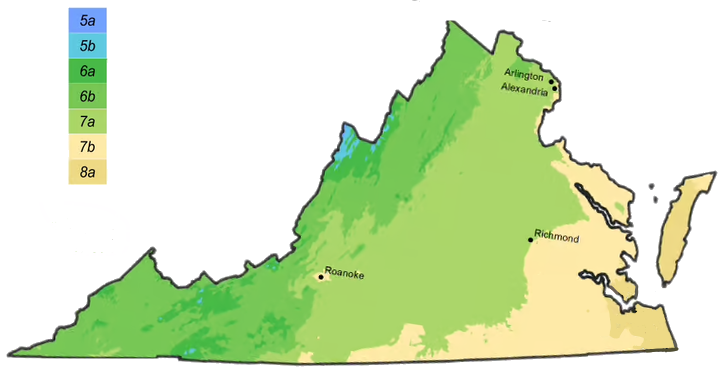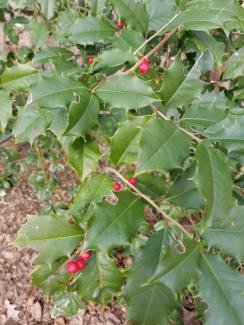
Habitat: most common and abundant in moist sandy woodlands of the coastal plain
Wildlife Value: This plant provides nectar for pollinators. It is a larval host plant for Henry's Elfin larvae. Adult Henry's Elfin butterflies feed on flower nectar. Its fruits are eaten by songbirds, wild turkeys, quail, white-tailed deer, squirrels and other small mammals. Honeybees are attracted to its tiny white flowers. This tree provides cover during the winter.
Notes: Highly flammable. Male and female needed to get berries but there is likely to be a male somewhere within 1/4 mile. The evergreen leaves and fruits on female plants are fragrant, and make for beautiful color and interest in a winter garden. Needs plenty of space.
Earth Sangha Inventory
Founded in 1997, the Earth Sangha is a nonprofit public charity based in the Washington, DC, region. The Wild Plant Nursery is the most comprehensive source of local-ecotype, native plants in the Washington DC region, and the region’s only facility dedicated exclusively to this type of propagation. “Local-ecotype” plants are propagated from local, wild, naturally-occurring populations and are well-adapted to local conditions and for wildlife species that depend on the local forms, such as pollinators. Inventory is updated on a weekly basis so number may not be accurate.
| Pots Available | Plugs Available | Location | Notes | ||
|---|---|---|---|---|---|
| 1 | 0 | Row 14 | View My Wishlist |
